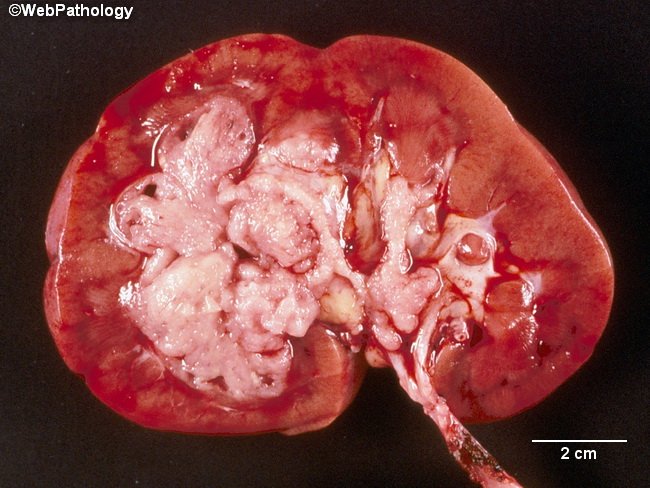MegaKleos
Full Member
- Joined
- Sep 19, 2018
- Messages
- 12
- Reaction score
- 1
So let's continue the trend of this forum and discuss the doubts of the test. I intend on taking this as soon as it is out. Please post below if you wish to discuss and let's get together and solve our doubts.
DISCLAIMER: As has been said in the forum previously, posting COPYRIGHTED content of the NBME is a CRIME. Please do not do so. The intention of this thread is NOT to promote that but rather to discuss in a way that does not break the law. According to copyright act of united states, under DMCA, there is a special provision for "FAIR USE". Which means that people are able to discuss, critic and have an academic conversation as long as it is within reason and of course verbatim questions are unacceptable. To the admins of the forum, please dont delete this, i dont intend on posting anything against the law and hence please dont delete this thread.
DISCLAIMER: As has been said in the forum previously, posting COPYRIGHTED content of the NBME is a CRIME. Please do not do so. The intention of this thread is NOT to promote that but rather to discuss in a way that does not break the law. According to copyright act of united states, under DMCA, there is a special provision for "FAIR USE". Which means that people are able to discuss, critic and have an academic conversation as long as it is within reason and of course verbatim questions are unacceptable. To the admins of the forum, please dont delete this, i dont intend on posting anything against the law and hence please dont delete this thread.




